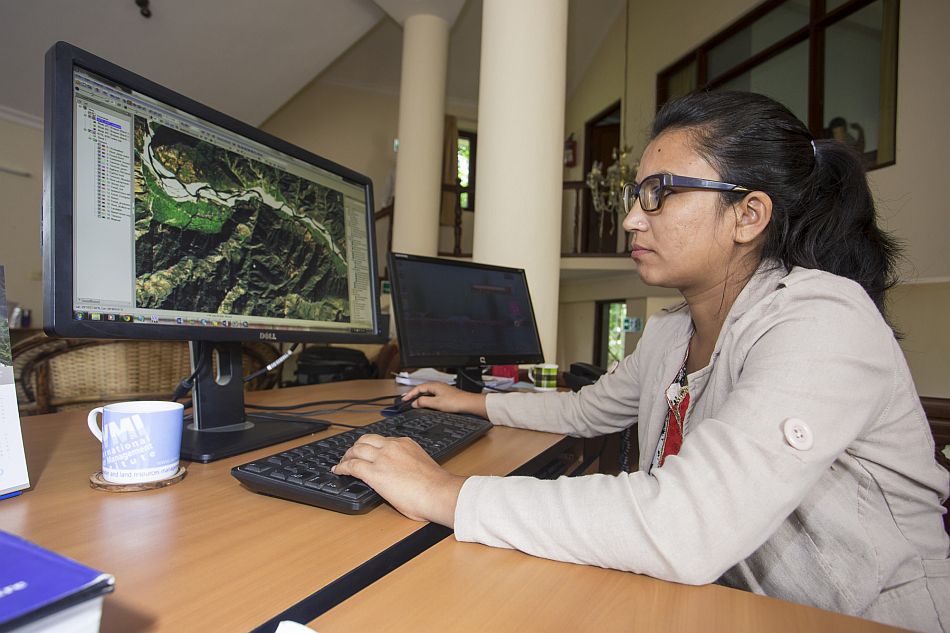Covid-19 has shown us just how important female leadership is
By Eleanor Ross, Strategic Communications Specialist – IWMI

There are shockingly few female researchers working today. Fewer than 30 percent of researchers worldwide are women, while the number of female students who enroll in engineering (eight percent) and ICT (one percent), is abysmal. This is why, each year, there’s a UN International Day of Women and Girls in Science (IDWGS), an event fully endorsed by IWMI and the CGIAR.
Showing women and girls that they are able to study STEM (Science, Technology, Engineering and Maths) subjects is important. Giving them permission to do so, and opening that door has never been more vital.
The Covid-19 outbreak shows the importance of having women engaged and working in STEM, researching vaccines and facilitating rollouts alongside male colleagues. Supporting women and girls to consider a career in science or research is the ninth Sustainable Development Goal (SDG): countries around the world have pledged to “build resilient infrastructure, promote inclusive and sustainable industrialization and foster innovation.”
CGIAR and IWMI can help to show women that they too have a role to play when it comes to science, research, engineering and technology. Women are often removed from the picture entirely: a study by the Gender Bias Without Borders by the Geena Davis Institute found that in films and TV, just 12 percent of jobs that were STEM (doctors, engineers, construction) were acted by women. So who is representing women? How do women know that they are allowed to enter the hallowed halls of science?
Fiona Bourdin-Farrel, CGIAR System Senior Advisor, Gender, Diversity and Inclusion for CGIAR System Organization, knows just how important it is to help women achieve their full scientific potential. “At CGIAR, we know that to successfully solve complex problems, we need the best possible scientists. Women and girls offer an enormous potential pool of talent, but the data suggests that we are not yet drawing effectively enough from that pool. There are still too many barriers which prevent women and girls from reaching their full scientific potential.
“We are committed to strengthening the ways we attract, develop and retain diverse talent. It’s the right thing to do. And it’s also the smart thing to do. We believe that increasing diversity will bring different perspectives to our work and will allow us to fully benefit from the innovation that diversity brings,” she says.
WIRES is one of three new Employee Resource Groups established under CGIAR’s gender, diversity and inclusion (GDI) Framework. WIRES members come from across CGIAR, and are united by the goal of promoting women in research and science.
Bourdin-Farrel adds: “WIRES has a vital role to play in supporting our phenomenal women scientists, in sustaining these important conversations, and in helping us to think through how we can become an even better, more inclusive workplace for all.”
And on IDWGS, CGIAR’s WIRES will be running a 13-hour online celebration, in which every CGIAR entity will present what their center is working on, hearing from some award-winning scientists and speakers.
Everybody deserves a workplace that enables them to reach their full potential, and while CGIAR is making good progress on gender equality, more can be done, said Claudia Sadoff, Executive Management Team Convener. “There is unconscious bias that is baked into our workplaces, into our policies, into our practices, into our culture. We need to identify these biases, we need to address them, and we need to deal with all of their consequences.”

